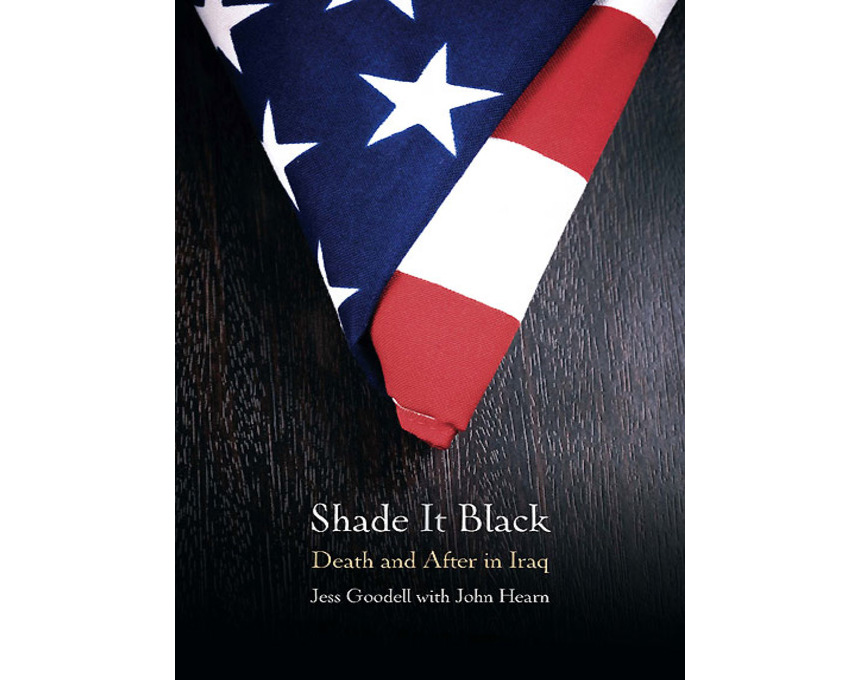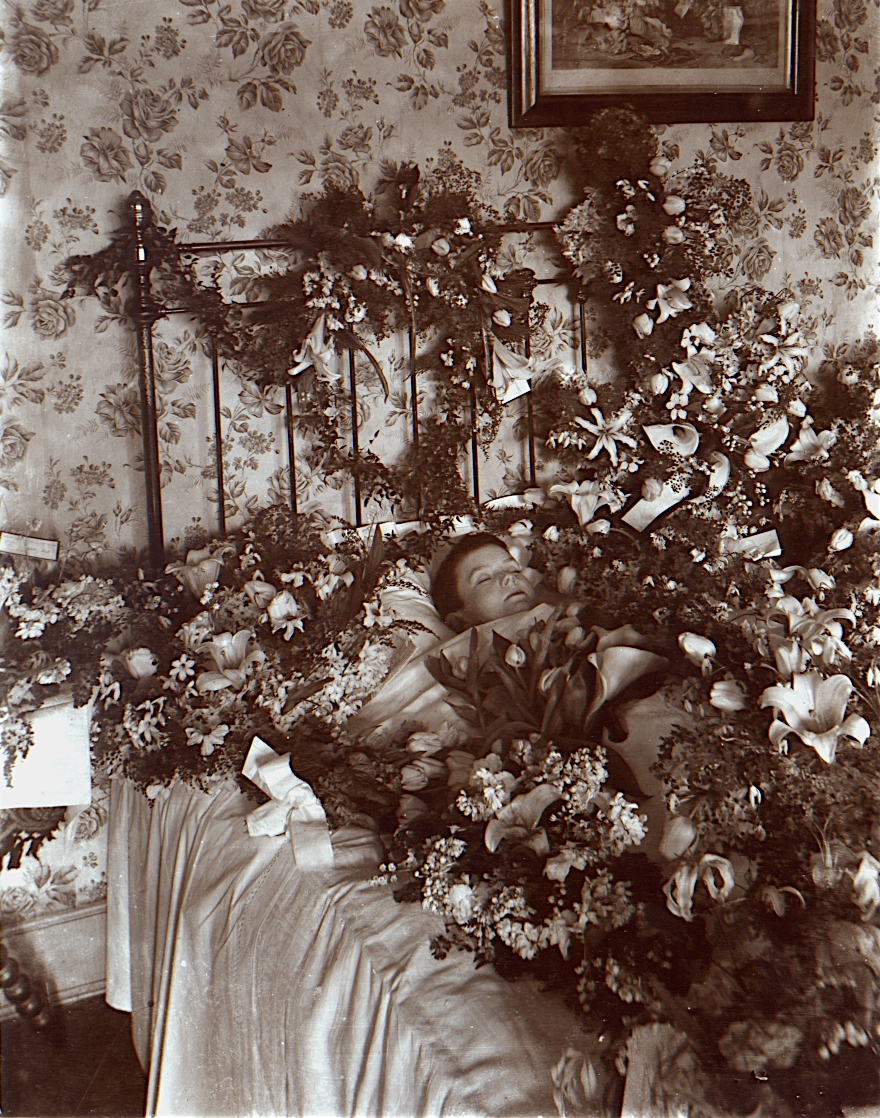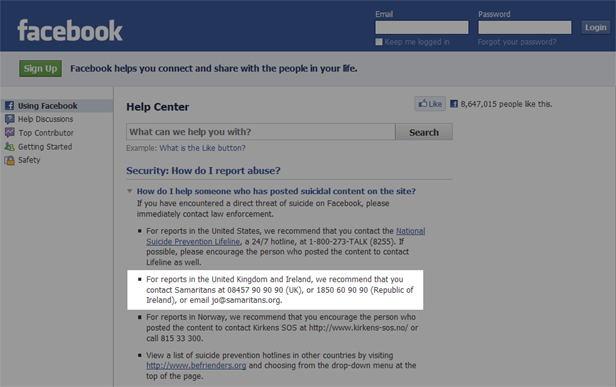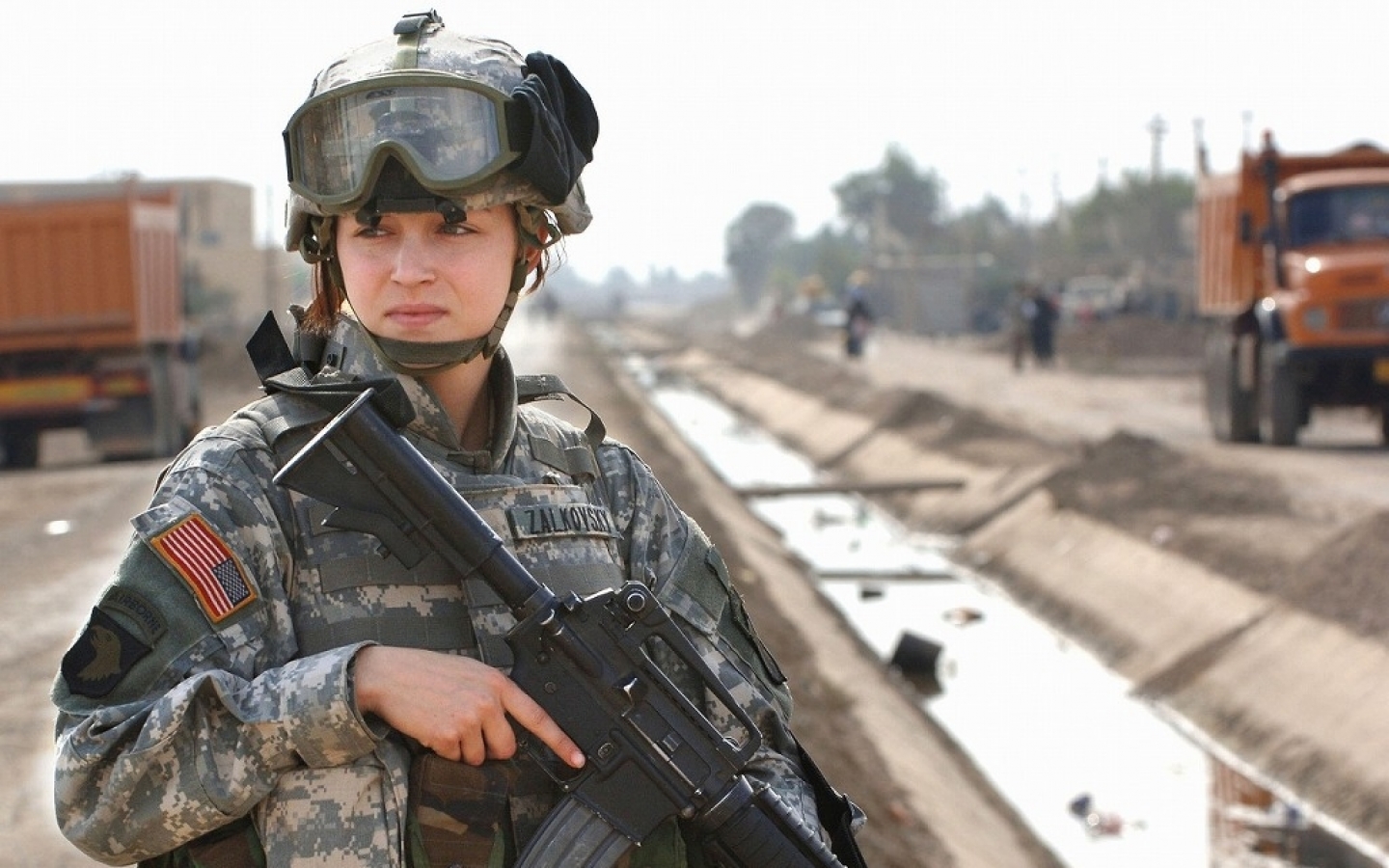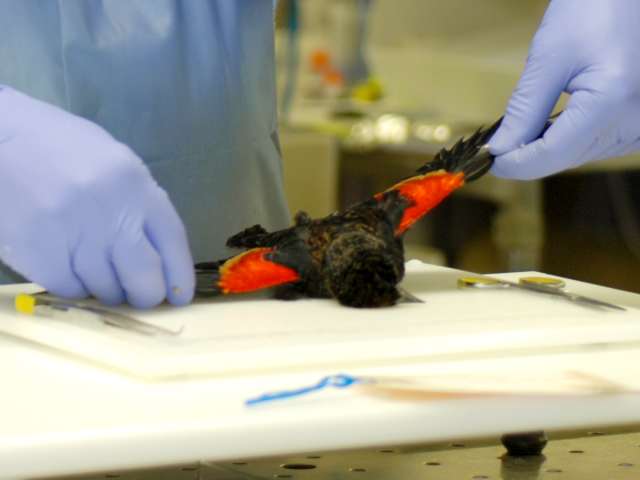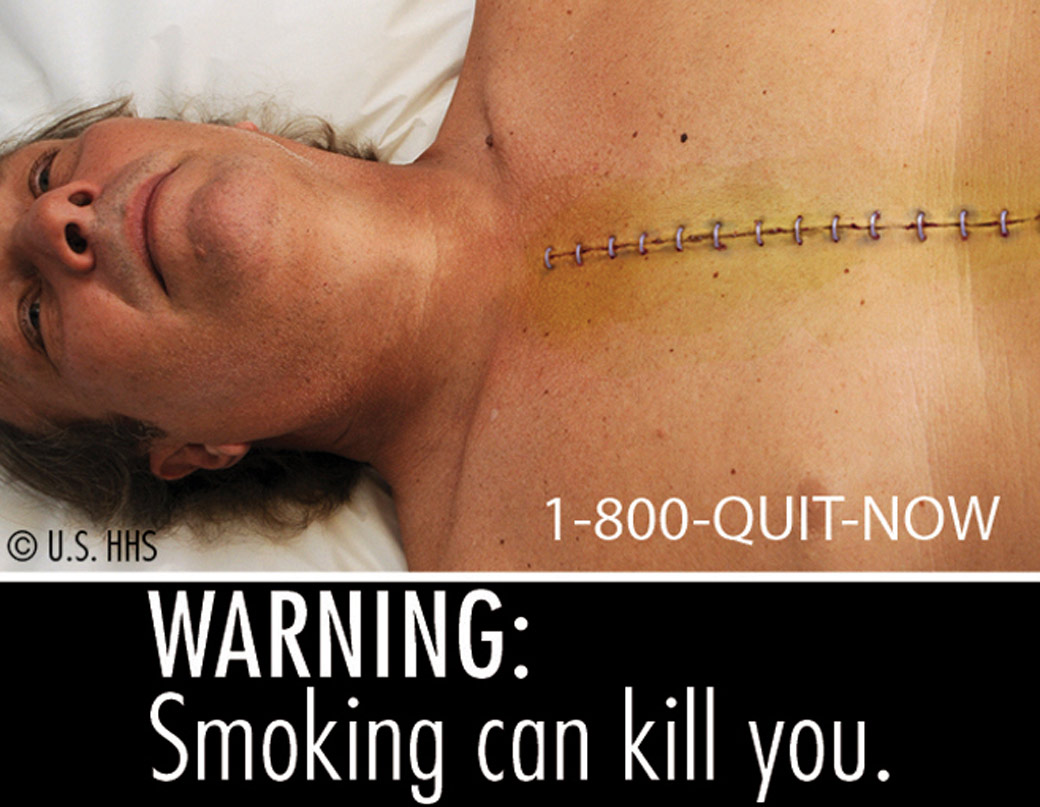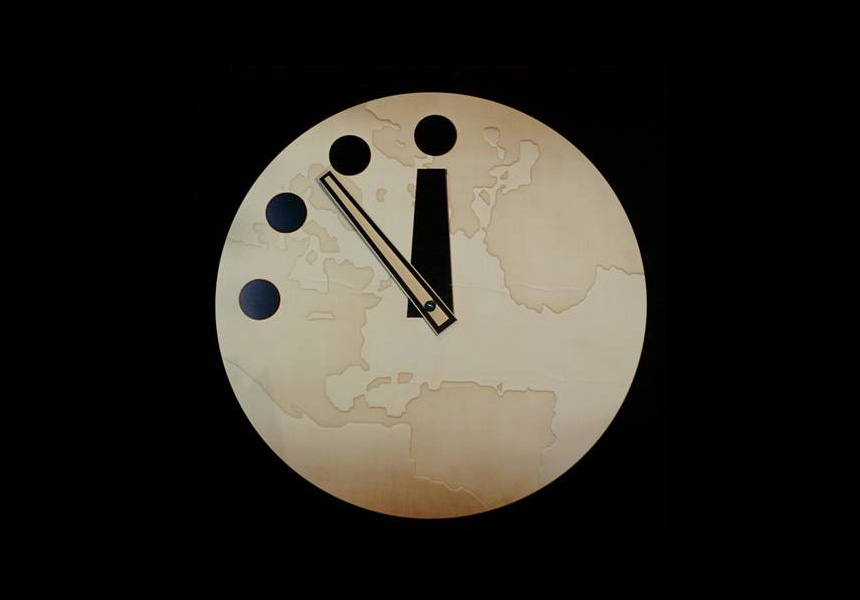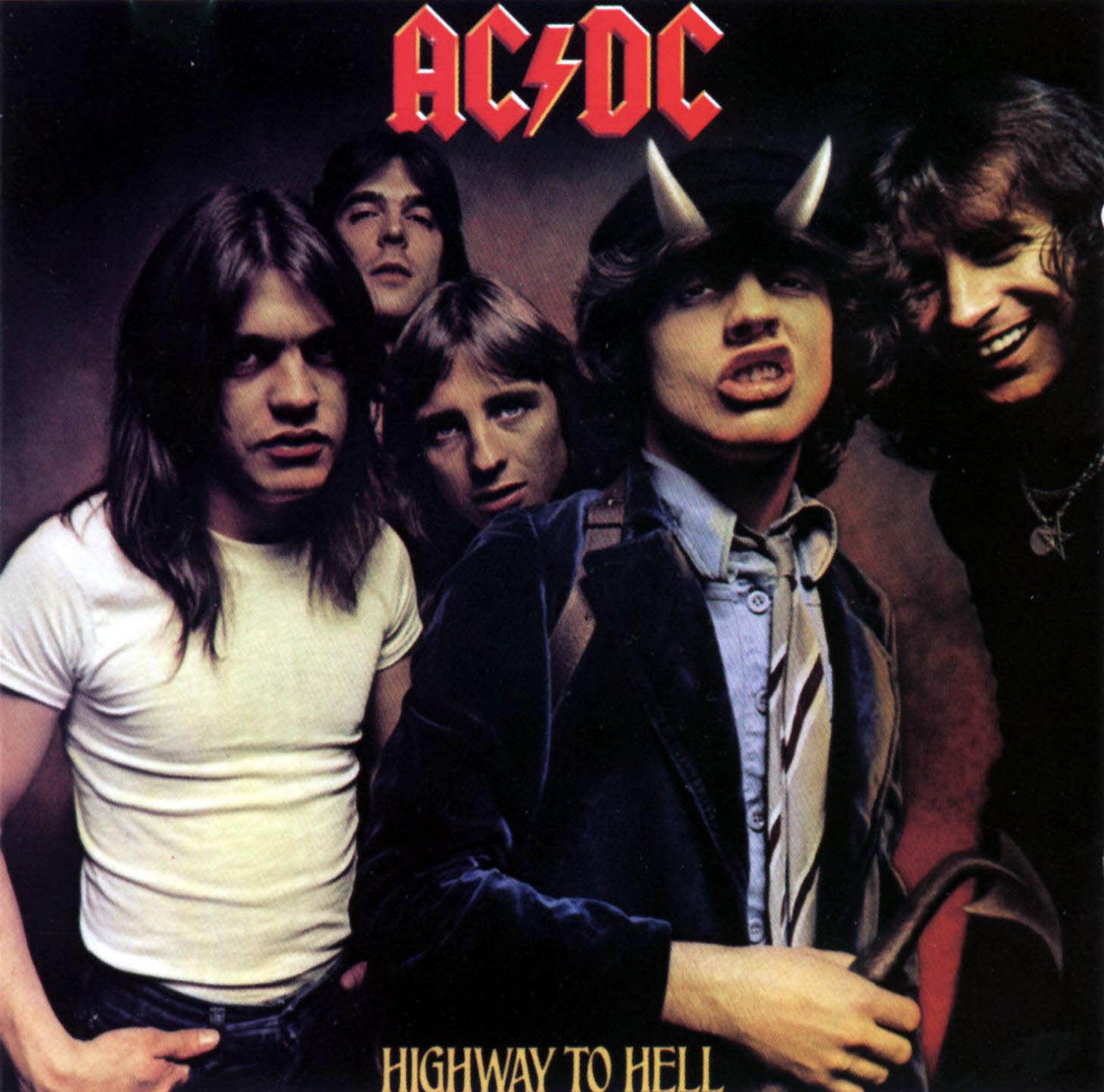I just happened upon a well-researched article posted to Boing Boing. Titled Ghost Babies, by Mark Dery, the post delves into the re-sale of postmortem photographs for sale on eBay and elsewhere with a little history on postmortem photography in 19th century America thrown in for good measure.
As a librarian, I found the sources to be a nice cross-section to begin further investigation. Here are the works mentioned and a brief description. These are of course but a few monographs on the subject of memorial/postmortem photography. Check your local public or academic library or interlibrary loan resource to delve further.
Secure the Shadow: Death and Photography in America. Jay Ruby.
Secure the Shadow is an original contribution that lies at the intersection of cultural anthropology and visual analysis, a field that Jay Ruby’s previous writings have helped to define. It explores the photographic representation of death in the United States from 1840 to the present, focusing on the ways in which people have taken and used photographs of deceased loved ones and their funerals to mitigate the finality of death.
Sometimes thought to be a bizarre Victorian custom, photographing corpses has been and continues to be an important, if not recognized, occurrence in American life. It is a photographic activity, like the erotica produced in middle-class homes by married couples, that many privately practice but seldom circulate outside the trusted circle of close friends and relatives. Along with tombstones, funeral cards, and other images of death, these photographs represent one way in which Americans have attempted to secure their shadows.
Ruby employs newspaper accounts, advertisements, letters, photographers’ account books, interviews, and other material to determine why and how photography and death became intertwined in the nineteenth century. He traces this century’s struggle between America’s public denial of death and a deeply felt private need to use pictures of those we love to mourn their loss. Americans take and use photographs of dead relatives and friends in spite of and not because of society’s expectation about the propriety of these means. Ruby compares photographs and other pictorial media of death, founding his interpretations on the discovery of patterns in the appearance of the images and a reconstruction of the conditions of their production and utilization. (Syndetic Solutions, LLC)
Sleeping Beauty: Memorial Photography in America. Stanley Burns.
Postmortem photography, photographing a deceased person, was a common practice in the nineteenth and early twentieth centuries. These photographs were often the only ones ever taken of their subjects and much pride and artistry went into them. It is astounding that although postmortem photographs make up the largest group of nineteenth-century American genre photographs, they are largely unseen, and unknown. Today we struggle to avoid the topic of death; as a result we have closed the door on these images, which reflect an American culture in which death and mourning played a visible and active part.
These photographs were a common aspect of American culture, a part of the mourning and memorialization process. Surviving families were proud of these images and hung them in their homes, sent copies to friends and relatives, wore them as lockets, or carried them as pocket mirrors. Nineteenth-century Americans knew how to respond to these images. Today there is no culturally normative response to postmortem photographs.
Discussions of death in books are prolific, and we are accustomed to images of death as part of our daily news; but actual death, as a part of private lives, has become a shameful and unspoken subject.
This volume presents a chronological arrangement of postmortem photography 1840-1930; no other collection of this material has been made available despite recent interest in the American way of death. What emerges is a vivid visual history of the changes in American customs. (Excerpt from the preface of Sleeping Beauty I)
The Victorian Celebration of Death. James Stevens Curl.
In this beautifully illustrated and well-researched book, Professor Curl has rescued much fascinating material from undeserved oblivion, and his work fills a genuine gap. From humble working-class exequies to the massive outpouring of grief at the State funerals of Wellington and Queen Victoria herself, The Victorian Celebration of Death covers an immense canvas. It describes the change in sensibility that led to a new tenderness towards the dead; the history of the urban cemeteries with their architecture and landscapes; the ephemera of death and dying; State funerals as national spectacles; and the utilitarian reactions towards the end of the nineteenth century. Combining wit with compassion, Curl wears his learning lightly, and his taste for the eerie is delicately balanced by this literary personality. He has resurrected many valuable and extremely interesting aspects of nineteenth-century attitudes to death and the disposal of the dead; Curl’s achievement is as well-ordered as any sumptuous funeral, and is lucid as well as entertaining, with many surprises and associated delights. (Amazon product description)
Wisconsin Death Trip. Michael Lesy.
As the title suggests, this is a truly strange book. Published in 1973, it is essentially a collection of photos taken in Black River Falls, WI, by Charles Van Schaik between 1890 and 1910. The subject matter ranges from children in coffins, to farm animals, to family portraits of some of the grimmest-looking people imaginable; the photos are accompanied by snippets from newspapers. The whole package seems to confirm that the good old days were actually awful. (Library Journal)
A Traffic of Dead Bodies: Anatomy and Embodied Social Identity in 19th-Century America. Michael Sappol.
In this groundbreaking new book, Sappol, a historian and curator at the National Library of Medicine at the National Institutes of Health, explores how professors and body snatchers, patients and physicians, and politicians and the public confronted the anatomical dilemma and forged a new consensus about the body and its place in 19th-century American culture. Body snatching has, of course, had its historians. Stories about the 1788 Doctors’ Mob in New York City (the angry mob of 5000 New Yorkers searching for medical students, physicians, and cadavers dispersed only after the governor called out the armed militia), the 1824 riot against the Yale medical department (spurred by the discovery of the partially dissected body of the recently deceased daughter of a West Haven farmer in the anatomy rooms), and the 1878 Harrison scandal in Cincinnati (when the body of John Scott Harrison, the recently deceased son of former president William Henry Harrison and father of president-to-be Benjamin Harrison, turned up in the dissecting room of the Medical College of Ohio) have long been a staple of American medical history and medical school anatomy courses. One of Sappol’s great accomplishments in this dazzling book is his creation of a new lens to view these well-known — and some lesser-known — episodes. It is as though we see them, and more important, understand them for the first time. The anatomical perspective, Sappol suggests, urges a serious reconsideration of the boundaries of professional medicine and popular culture in the 19th century. More than that, he seeks to explain how 19th-century anatomical view of the body led to the view of the body we know today. Crucial to Sappol’s argument is a redefining of what counted as anatomy in 19th-century medicine. With considerable verve and penetration, he explores orthodox anatomy in American medical education, advancing the claim that dissection and membership in the male fraternity of dissectors was critical to the formation of professional identity and legitimacy. (Partial excerpt, New England Journal of Medicine)
